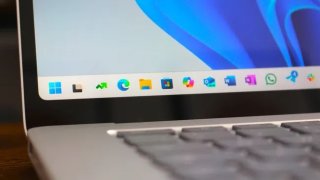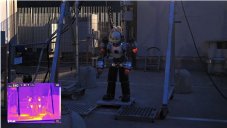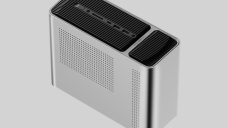Google Uses Millions Of Example Gestures To Enable Motion Sense On Pixel 4 Series
Anil - Mar 16, 2020
![]()
All Google wants to do is to interpret temporal motions as quickly and accurately as possible.
- Google Offers Voluntary Buyouts to US Employees Amid AI Push
- Google SynthID: Everything You Need to Know About AI Content Detection
- NotebookLM Mobile App: Enterprise AI Capabilities Now Available on iOS and Android
Google recently published an explanation post to shed a light on how the radar-powered Soli chip exactly works on the Pixel 4 series. In a word, this carries out the motion-sensing system on these latest Google’s smartphone models while enabling users to play/pause music with a swipe and so on. Truth be told, Google engineers have to work on a slew of deep learning algorithms to train Soli as an AI model.

Technically speaking, Soli’s short-range radar basically boasts the ability to recognize user presence and understand airborne tapping or swiping gestures. It’s safe to make small antennae for the smartphone, so the radar appears to detect motion rather than all the shapes.
According to Google, it also brings extra advantages in terms of privacy. Because Soli fails to form a qualified image, the manufacturer won’t get anything “distinguishable” from a user’s body or face.
As such, all Google wants to do is to interpret temporal motions as quickly and accurately as possible. For instance, the chip has to predict your movement while you’re walking at the same time the phone is playing music.

Under Soli’s eyes, the world is in the form of 3D graphs, with the vertical axis tied with distance and horizontal axis linking to the velocity of the device while the brightness of each pixel of the object results in its relative size.
Based on the method above, Google established an AI model and used millions of gestures to train the system. For now, Soli can only read simple gestures but Google reportedly aims to enhance the system in the near future. Aside from smartphones, the tech will soon dwell on other smaller gadgets like fitness trackers and smartwatches.
>>> How AI Powers A Lot Of Features On The Pixel 4
Featured Stories

ICT News - Jul 05, 2025
Windows 11 is Now the Most Popular Desktop OS in the World

ICT News - Jul 02, 2025
All About Florida’s Alligator Alcatraz: A Smart Move for Immigration Control

ICT News - Jun 25, 2025
AI Intimidation Tactics: CEOs Turn Flawed Technology Into Employee Fear Machine

ICT News - Jun 24, 2025
Tesla Robotaxi Finally Hits the Streets: $4.20 Rides That'll Make You Hold Your...

ICT News - Jun 24, 2025
World's First Flying Humanoid Robot Takes Flight

ICT News - Jun 24, 2025
When Closed Source Met Open Source: Bill Gates Finally Meets Linus Torvalds After...

Gadgets - Jun 23, 2025
COLORFUL SMART 900 AI Mini PC: Compact Power for Content Creation

ICT News - Jun 22, 2025
Neuralink Telepathy Chip Enables Quadriplegic Rob Greiner to Control Games with...

ICT News - Jun 20, 2025
Tesla vs Zoox vs Waymo: Who would win?

ICT News - Jun 19, 2025
Comments
Sort by Newest | Popular